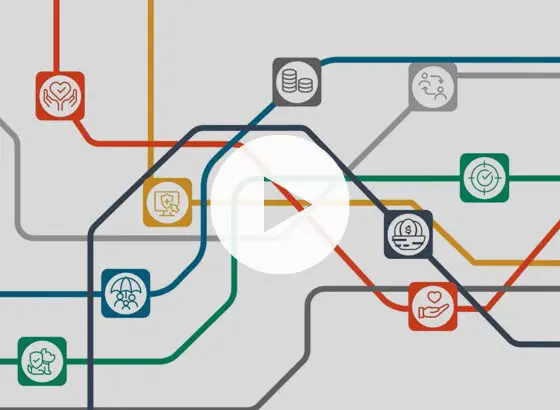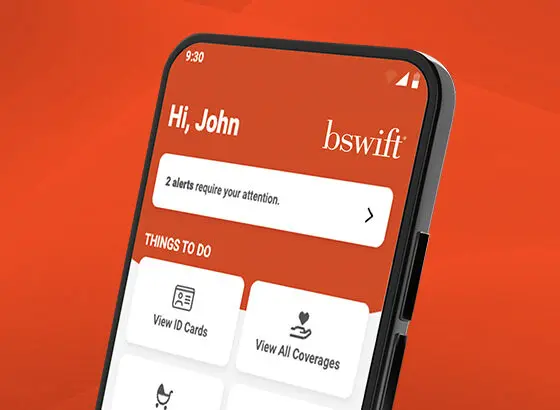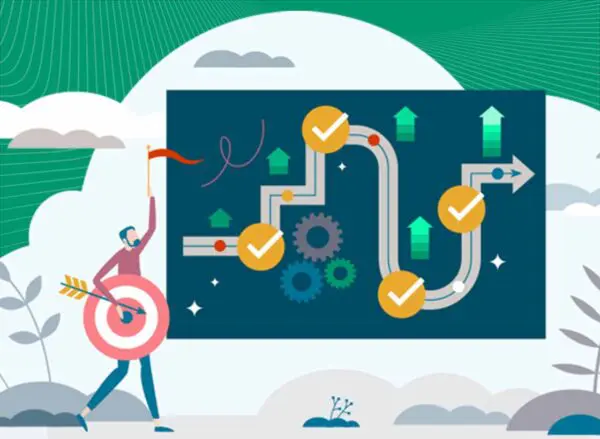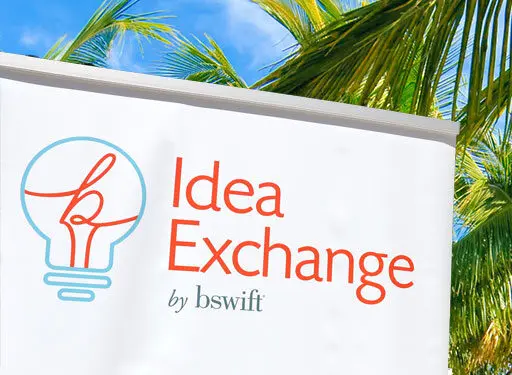Employee benefits utilization is a crucial aspect of fostering employee wellbeing and creating a positive employee experience. And this has a big impact on retention, according to 83% of HR and EX professionals surveyed in a Forrester Research study commissioned by bswift.
Critically, a staggering 71% of respondents also agreed that their employees underutilize benefits, leaving HR teams struggling to understand why their efforts to provide a great benefits package aren’t translating into employee satisfaction and loyalty.
The issue often lies in how benefits are implemented and communicated, not the benefits themselves. Poor implementation, from clunky ben admin platforms to inconsistent communication, undercuts even the best benefits packages.
To reap the rewards of a well-rounded benefits package, HR and EX teams must improve education and awareness. More than 70% of decision-makers are investing in new employee benefit platforms or enhancing existing ones, or both, according to the same Forrester survey.
Common employee benefits utilization challenges and solutions
1. Improving benefits education and awareness
CHALLENGE: Many employees are unaware of the full range of benefits available to them. Even if you have all the top 5 benefits employees want, and more, a lack of awareness leads to underutilization.
SOLUTION: Implement targeted education and messaging campaigns to inform employees about their benefits and focus on the most relevant and valuable offerings.
2. Aligning benefits offerings with employee preferences
CHALLENGE: Employees may be uninterested in some of the fringe benefits offered by their organization, which often leads to disengagement and a lack of benefits utilization.
SOLUTION: Conduct regular employee listening sessions, such as surveys and interviews, to gather feedback on current offerings and identify desired benefits.
3. Technology integration and usability
CHALLENGE: Cumbersome benefit platforms or a lack of integration with existing systems impedes employee engagement.
SOLUTION: Invest in user-friendly, integrated benefit platforms that streamline access to and management of benefits.
With bswift’s Strategic Partnership Program, employers can access a consumer-grade digital hub for all employee benefits programs, a curated and growing set of Alliance Partners, and an API foundation that allows easy, real-time connections with providers. It simplifies the benefits experience from education and awareness to technology and usability for both employers and employees.
Prioritizing employee wellbeing
While decision-makers have traditionally focused on improving employee productivity and retention, there is a noticeable shift toward prioritizing employee well-being. This can be the lever that moves the needle for productivity, retention, and a host of other positive aspects in the employee experience.
More mature organizations are driven by employee well-being first, while less mature firms may have blinders on to employee well-being as they focus on competing in the marketplace. Such a myopic approach frequently backfires in a handful of ways.
Neglecting employee wellbeing can:
- Lead to higher levels of employee burnout, stress, and turnover, which results in increased costs for recruitment and training.
- Negatively impact the overall employee experience, leading to decreased productivity and engagement.
- Damage the organization’s reputation, as negative social media reviews from current or former employees may deter future potential hires and customers alike.
To capitalize on this shift to prioritizing employee well-being—and to foster higher employee engagement, satisfaction, and retention—HR and EX teams need to make sure that their benefits packages address employee well-being holistically and have a suite of providers in their benefits ecosystem to address their populations top needs.
The benefits of improved employee benefits engagement
By addressing the challenges of education, awareness, technology integration, and alignment with employee preferences, organizations achieve better engagement with their benefits packages. This, in turn, leads to a multitude of positive outcomes, including improved employee experience, higher retention rates, and increased morale and productivity.
Here’s how to improve employee benefits utilization:
1. Implement targeted education and messaging campaigns
You can boost benefits utilization with a great benefits communication plan that delivers clear and concise information. Poor benefits messaging and education is an issue according to the study. By tailoring messaging and education to the specific needs of employees, you can increase engagement and utilization of benefits.
2. Solicit regular feedback about benefits from employees
Gathering regular employee feedback—ideally quarterly but at least twice a year—helps you find areas for improvement and address any issues or concerns, and your benefits package will stay relevant and valuable.
3. Invest in user-friendly, integrated benefit platforms
Providing employees with easy-to-use benefit platforms helps increase utilization and engagement. By integrating multiple benefit offerings into a single platform, you can simplify the benefits experience and increase overall satisfaction, while unifying your entire ecosystem.
4. Prioritize employee wellbeing in benefits offerings
Putting a focus on employee wellbeing, through perks like mental health support and work-life balance programs, helps improve employee engagement, retention, and productivity. This, in turn, creates a more positive and supportive workplace culture.
This approach helps you create a culture of continuous improvement that will build a more engaged, productive, and satisfied workforce. Improved employee benefits engagement also helps your organization remain competitive and relevant in a rapidly changing business landscape.
By taking these steps, your HR and EX teams not only overcome the challenges associated with employee benefits underutilization but also unlock the full potential of a well-rounded, well-utilized employee benefits package.
Learn more about the High Cost of Low Employee Benefits Engagement






































